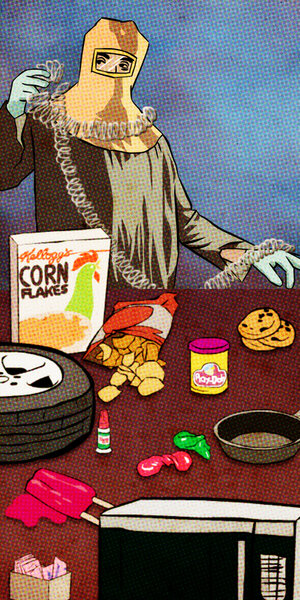Eastman Kodak research Harry Coover discovered Superglue years before he figured out what to do with it. At first, its stickiness infuriated him.
Coover first came across cyanoacrylates (the chemical name for these überadhesives) in World War II. His team tried to use the material to create plastic gunsights. Too bad the cyanoacrylates kept sticking to everything. Coover dismissed the chemical and tried different approaches.
He came across the material again in 1951. This time, Kodak experimented with cyanoacrylates for heat-resistant jet airplane canopies. Again, the stickiness got in the way. But then Coover had an epiphany.
"Coover realized these sticky adhesives had unique properties in that they required no heat or pressure to bond," writes the Massachusetts Institute of Technology (MIT) in a column from 2004. "He and his team tried the substance on various items in the lab and each time, the items became permanently bonded together. Coover – and his employer – knew they were on to something."
While Coover's original patent called the new invention "Superglue," Kodak sold the adhesive under the less-evocative name "Eastman 910." "Later it became known as Super Glue, and Coover became somewhat of a celebrity, appearing on television in the show 'I've Got a Secret,' where he lifted the host, Garry Moore, off the ground using a single drop of the substance," writes MIT.





